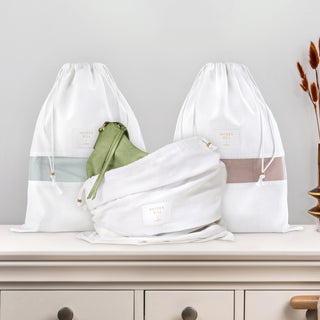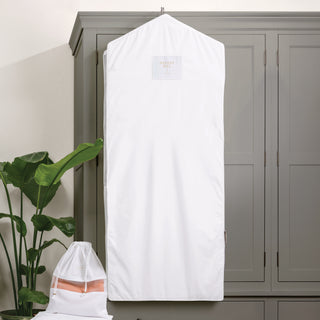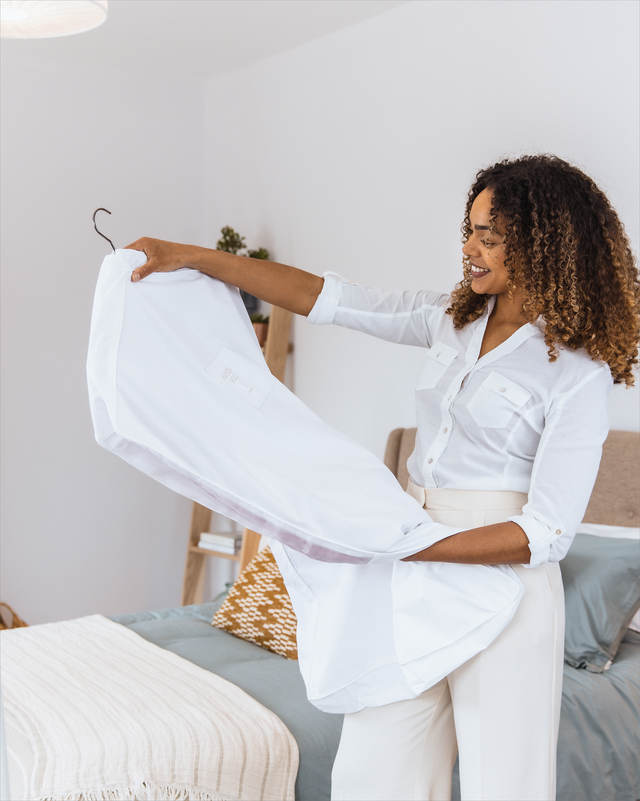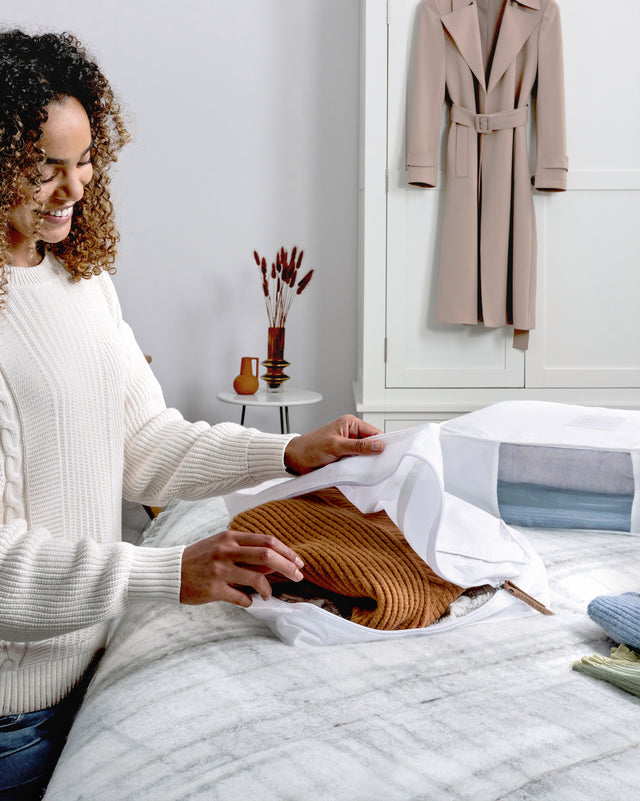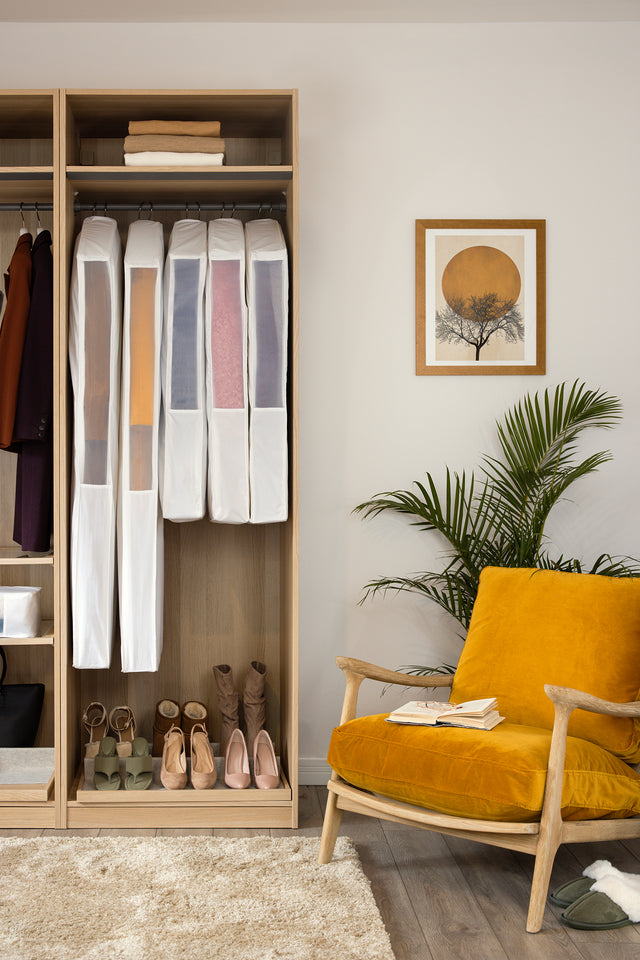If your goal is to make more ethical fashion purchases, one of these silk alternatives may be the ideal option for you. When choosing an alternative, it may be best to decide what factor is most important to you: cruelty-free, cost, synthetic vs. natural fibres, etc. That will help narrow your options and give you a starting point for finding your perfect silk alternative.
Silk is considered one of the most elegant and luxurious fabrics in the world and has been worn by many different cultures for thousands of years. However, the fashion industry shifts toward sustainability, environmental consciousness, and more ethical options, silk alternatives are becoming increasingly popular.
The best silk alternatives replicate the unique properties of conventional silk; they are light, soft, durable, and versatile. And, they offer advantages that conventional silk does not from a technical, environmental, and animal welfare perspective.
Ethical Silk Alternatives
Peace Silk
Peace Silk, also known as Ahimsa silk, is a cruelty-free silk in its breeding and production. It allows the silkworm's metamorphosis into a butterfly to be completed before extraction. It is produced in accordance with the most strict social and environmental standards.
This type of silkworm breeding occurs under natural conditions. Fungicides, insecticides, or genetic sprays are not used on the trees where the silkworms grow. The entire tree is covered with a net, similar to a mosquito net, to protect the caterpillars and leaves from other insects or birds.
This procedure can take between two and four weeks. The cocoons are processed after the butterflies have emerged without the use of harmful chemicals.
Peace Silk is a great alternative for those who care about ethical and sustainable issues but still want authentic silk.
Wild Silk
Wild silk refers to silkworm cocoons that live semi-autonomously in forests. Wild silkworms live on trees and can find food on their own, unlike conventional silkworms, which are entirely domesticated and cannot survive without human assistance.
Wild silk comes in a variety of brown, beige, and gold hues that reflect the various trees that the silkworms have fed on. The threads are shorter than conventional silk, resulting in a raggedy fabric with a subtle pattern created by the different thread lengths and thicknesses. Due to the irregular thread lengths, wild silk’s sheen is much subtler than conventional silk.
Recycled Silk
Used silk fabrics can also be reused and recycled into new fabric, without the ethical and environmental issues associated with new silk production. Recycled silk has the same benefits as new silk, but no additional silkworms are killed, and recycling a fabric uses fewer resources.
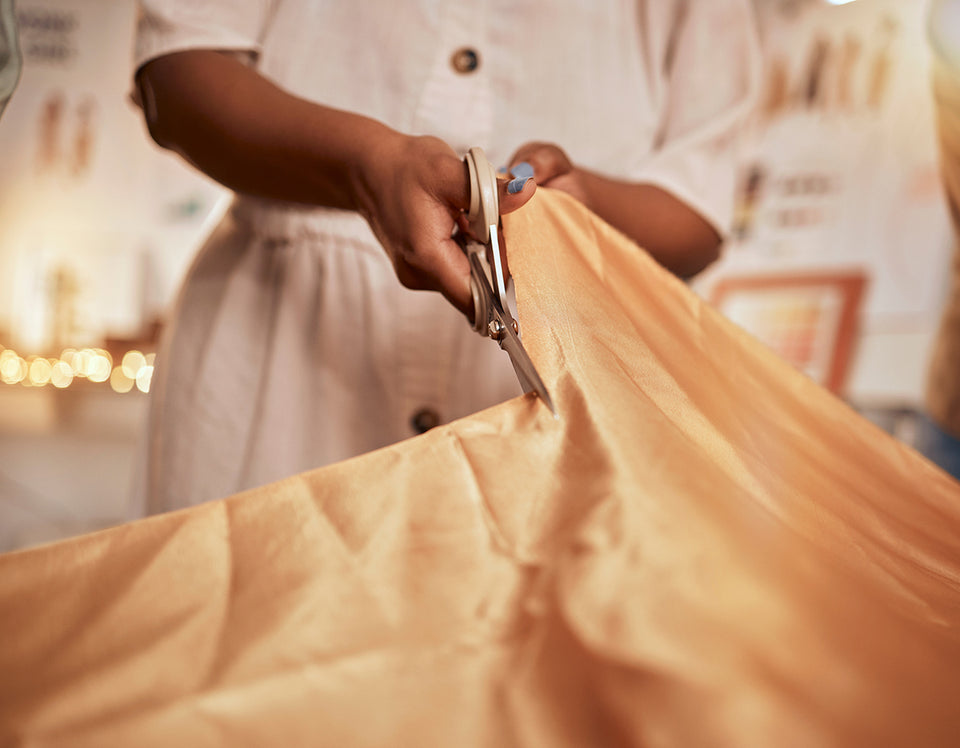
Eco-Friendly Silk Alternatives
Environmentally friendly silk alternatives have greatly improved in recent years and are available in a variety of materials. There are several silk alternatives, so we've divided them into three categories for discussion: rayon, natural plant silks, and synthetic silks.
Rayon
Rayon is the most common silk alternative and is a hybrid of natural and synthetic fibres. This fabric is made by chemically dissolving plant cellulose fibres, shaping the liquid into filaments, and hardening them into a solid shape.
Rayon is a versatile fibre that mimics the feel and texture of silk. The type that most closely resembles silk is frequently called art silk or artificial silk. Rayon fabrics are soft, smooth, cool, comfortable, and available in a variety of colours.
Viscose
Viscose is a type of rayon that can be made from almost any plant material but is usually made from wood pulp. Viscose fabric is biodegradable, and some materials used in the manufacturing process can be gathered and reused.
The disadvantage of viscose is that it is not always manufactured in a closed-loop system in which the company reclaims and reuses the chemicals used in the production process. Because of this, viscose production can produce a lot of waste and sometimes involves the improper disposal of corrosive chemicals.
Lyocell
Lyocell is a type of rayon that is typically made from the cellulose of oak, birch, or eucalyptus trees. Lyocell is derived from natural materials, and the finished fabric is biodegradable. Although it is chemically processed, the chemicals used in lyocell production are far less toxic than those used in other types of rayon.

Cupro
Cupro is a rayon-based silk substitute made from cotton waste. This silk alternative is biodegradable and is smooth and drapes well like conventional silk.
Cupro is commonly mixed with other fabrics to make tops, sports bras, and intimate apparel.
Modal
Modal is a type of rayon made from the cellulose of beech trees. It's very similar to lyocell, but the process is slightly different and the plant derivative is more specific.
Modal consumes less water, takes up less space, and requires fewer trees to be cut down than other textiles. Unfortunately, many modal manufacturers use excessive amounts of water and chemicals in the production process. This process involves soaking the fabric in chemicals such as sodium hydroxide and carbon disulfide, which is why modal is classified as a semi-synthetic fabric.
Natural Plant Silks
Lotus Silk
Lotus silk, one of the world's rarest fabrics, is produced in Cambodia, Myanmar, and Vietnam. Only a few, skilled craftspeople around the world can extract this natural fibre. It can take two months to extract enough lotus silk for one scarf, and the finished product can cost ten times as much as regular silk.
Lotus silk thread is made from a lotus flower stem. The silk inside the flower is extracted after the Lotus stem is hand-picked.
A single stem contains a trace amount of thin, sticky fibres that must be rolled together, dried, and processed within 24 hours. Lotus plants are only available for harvest between April and October.
Banana Silk
Banana silk is a naturally shiny textile made from the stems or stalks of banana plants. It not only has a lustrous shine, but it is also durable, making it extremely versatile. Because it is long-lasting, it is also machine washable, eliminating the need for dry cleaning.
Banana silk is completely biodegradable, and it absorbs moisture well, making it an excellent choice for clothing.
Pineapple Silk

Piña, a textile fibre used to make fabrics, is obtained from pineapple leaves. To produce piña, the pineapple leaf is removed from the plant, and the fibre is pulled or split apart from the leaf. The majority of leaf fibres are long and somewhat stiff. Each strand of Piña fibre is hand-scraped and knotted one by one to form a continuous filament that is hand-woven into Piña cloth.
Pineapple silk is soft and lustrous and is typically white or ivory in colour. The finished fabric is lightweight, easy to care for, and has a silk-like appearance.
Orange Silk
This is yet another innovative fabric that is created by extracting cellulose from leftover oranges that have been juiced. The cellulose is then converted into a biodegradable, silk-like fabric that is lightweight, drapes well, and can be coloured and printed in the same way as traditional silk.
Orange silk has been used by the Italian brand Salvatore Ferragamo and H&M. It was also featured in the exhibition "Fashioned From Nature" at the Victoria and Albert Museum.
Cactus Silk
Cactus silk, also known as Sabra silk, is made from a plant in the agave family that are most commonly found in the Saharan desert. To make cactus silk, fibres are extracted from the plants, and then washed, dyed, dried, and hand-spun. Traditionally, the threads are woven together by hand.
This is a lengthy and delicate procedure. In addition to agave plant fibres, the hand-weaving process incorporates other natural fabrics such as chenille, cotton and yarn, and camel wool. The material is environmentally friendly and does not leave a carbon footprint.
Ramie
Ramie is derived from the stalks of the Chinese nettle plant. It produces lovely eco-friendly silk that holds its shape well and is naturally wrinkle-free. Ramie is also simple to dye because it absorbs colour quickly.
Ramie is an excellent silk alternative. It's a white plant textile fibre with a shiny appearance. It is often combined with cotton, which gives the finished material extra sparkle, resilience, and colour.
Synthetic Silks
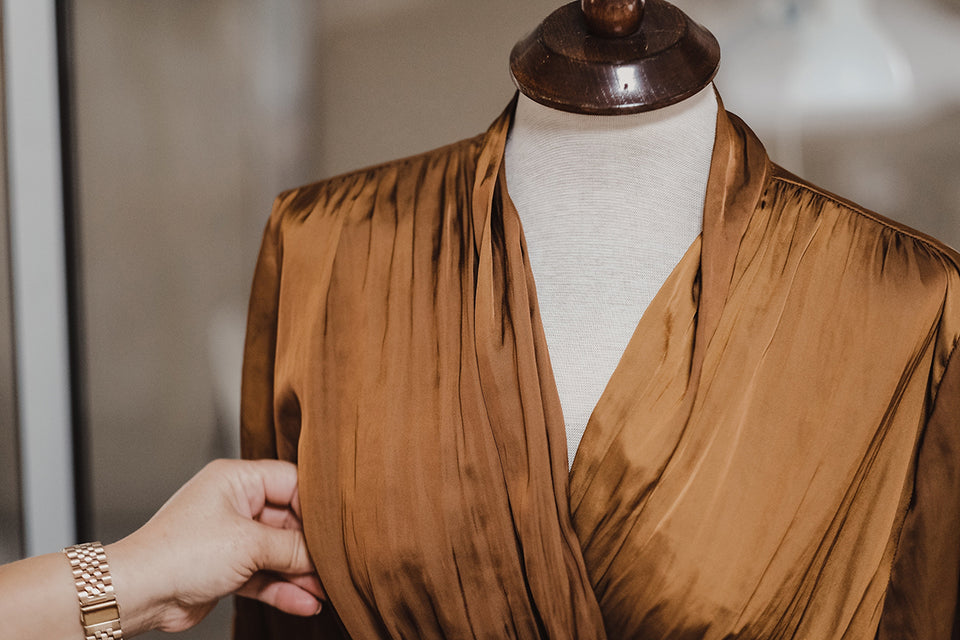
Spider Silk
This fabric, also known as MicroSilk, made its high fashion debut in 2017. Synthetic spider silk is made when yeast is genetically modified with spider DNA and fermented with sugar and water. After a period of fermentation, manufacturers spin the mixture at high speeds to purify it and weave it into fibres.
Natural spider silk, which has the potential to biodegrade at the end of its life, can be produced with less environmental impact than traditional textile manufacturing.
FAQs
What is an alternative to silk?
Many fabrics can serve as alternatives to conventional silk. Some options include lotus silk, pineapple silk, or spider silk. The ideal alternative should be biodegradable, sustainable, and cruelty-free.
What is a cheaper alternative to silk?
Silk is expensive due to its complicated manufacturing process. Thankfully, there are many silk alternatives that are less expensive and offer many of the same advantages. The cheapest silk alternative is rayon.
What is a synthetic substitute for silk?
The most common substitute for silk is rayon and its variations. A more recent synthetic alternative is spider silk, which is a man-made material created from yeast and crossed with spider DNA.
What is the eco-friendly version of silk?
Eco-friendly silk alternatives are available in a variety of fabrics that are natural or synthetic. Popular options include spider silk, banana silk, pineapple silk, and lotus silk.
If your goal is to make more ethical fashion purchases, one of these silk alternatives may be the ideal option for you. When choosing an alternative, it may be best to decide what factor is most important to you: cruelty-free, cost, synthetic vs. natural fibres, etc. That will help narrow your options and give you a starting point for finding your perfect silk alternative.
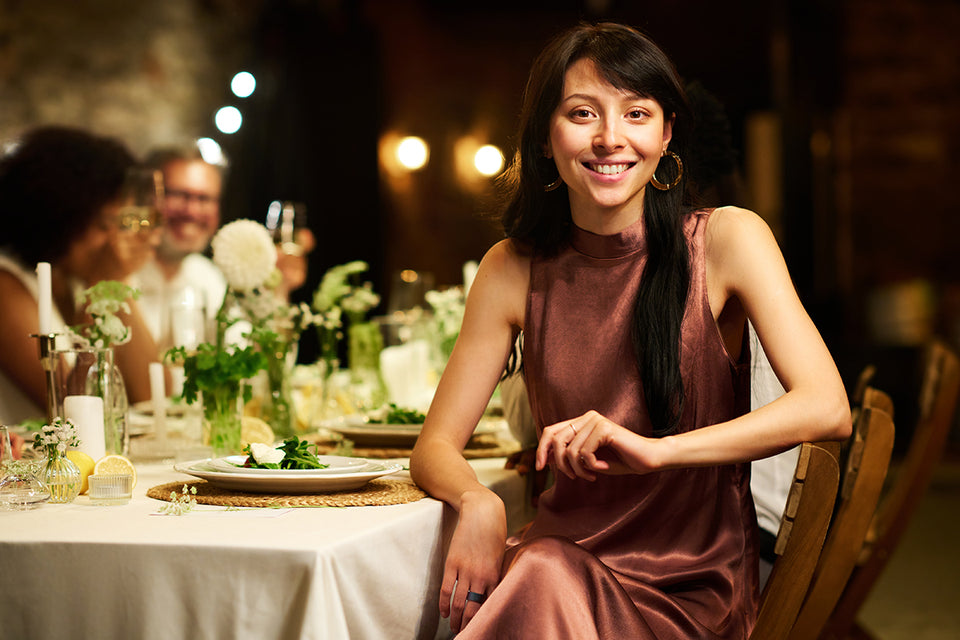
Whether you’re storing an item short-term or long-term, careful attention is required to keep your silk alternatives in excellent condition. We recommend storing your garments in Hayden Hill hanging garment bags to preserve the beauty of your clothing. Our bags are made of organic, soft cotton with a sheer, organza side panel so you can see your pieces while keeping them protected from light, dust, and moths. Hayden Hill delivers sustainable and beautiful garment care to protect what you love.


